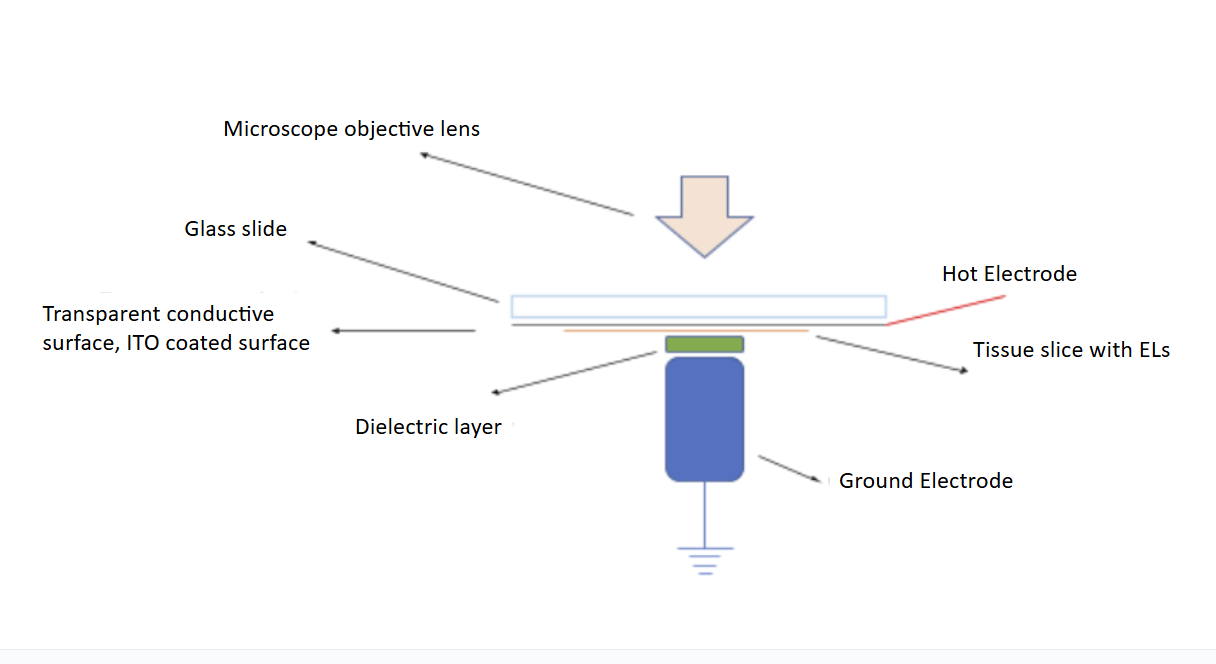Life Sciences
No Wash Immunoassays
Electroluminescent Binding Assay Technology:
A Versatile, Cost-Effective Solution Replacing Conventional Labeled Detection Methods:
AhuraTech’s electroluminescent (EL) binding assay replaces traditional labeled detection methods
used in immunoassays, HPLC, and hybridization assays. EL-active nanoparticles bind to target
molecules and emit light when energized in an electromagnetic field—no excitation light required.
This eliminates optical noise from bulky filters, simplifies signal-to-noise ratios and lowers ongoing
equipment costs. The system enables multiplexed detection across multiple wavelengths and allows
re-use of labeled analytes. Combining low-cost readers, scalable biomolecular labeling, and exceptional
sensitivity, EL technology delivers an efficient, high-performance alternative for modern diagnostics
and research.
used in immunoassays, HPLC, and hybridization assays. EL-active nanoparticles bind to target
molecules and emit light when energized in an electromagnetic field—no excitation light required.
This eliminates optical noise from bulky filters, simplifies signal-to-noise ratios and lowers ongoing
equipment costs. The system enables multiplexed detection across multiple wavelengths and allows
re-use of labeled analytes. Combining low-cost readers, scalable biomolecular labeling, and exceptional
sensitivity, EL technology delivers an efficient, high-performance alternative for modern diagnostics
and research.

Tissue Diagnostics
Applying Electroluminescence to Immunohistochemistry
Advancing Sensitivity and Discrimination in Tissue Imaging:
AhuraTech’s EL-based methodologies introduce a novel approach to immunohistochemistry (IHC),
using electroluminescent (EL) materials to generate light directly from biological specimens in response
to an applied electrical field. Unlike conventional fluorescence, EL illumination eliminates external
excitation sources, reducing noise and improving signal clarity. This innovation enables sharper contrast,
deeper tissue visualization, and enhanced discrimination of cellular and molecular features—setting a
new standard for sensitivity and analytical precision in biomedical imaging.
using electroluminescent (EL) materials to generate light directly from biological specimens in response
to an applied electrical field. Unlike conventional fluorescence, EL illumination eliminates external
excitation sources, reducing noise and improving signal clarity. This innovation enables sharper contrast,
deeper tissue visualization, and enhanced discrimination of cellular and molecular features—setting a
new standard for sensitivity and analytical precision in biomedical imaging.

